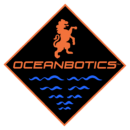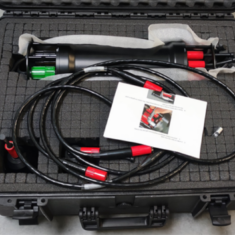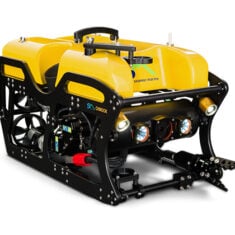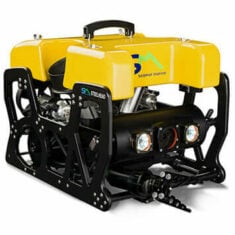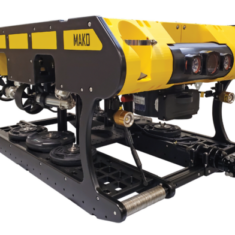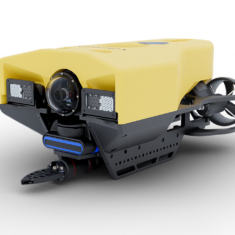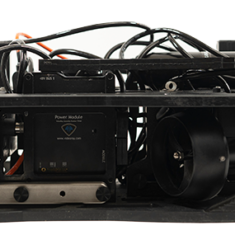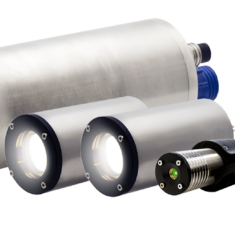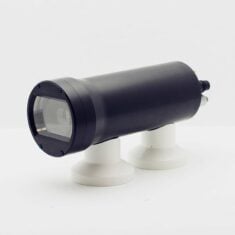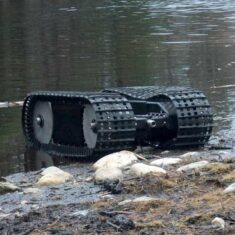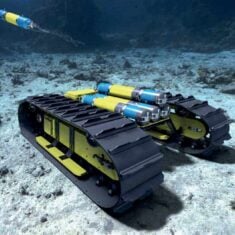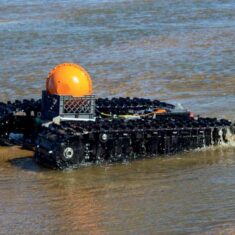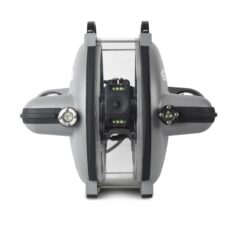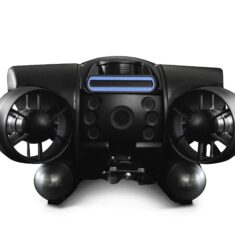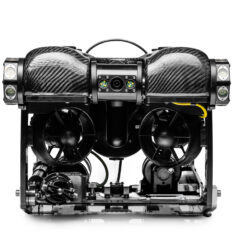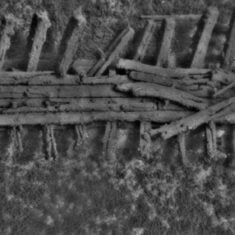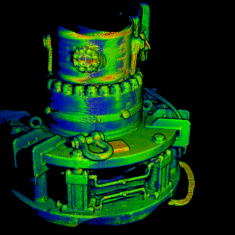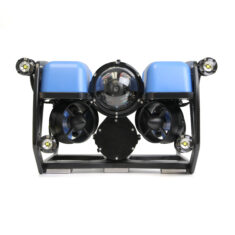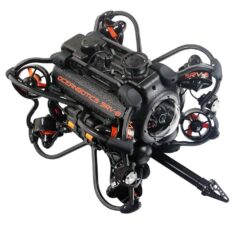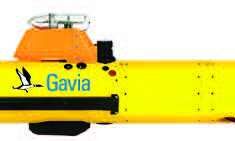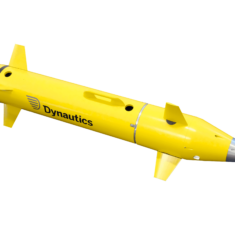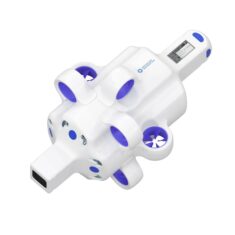Uncrewed Vessels & Robotics for Subsea Inspection
Underwater inspection of structures, vessels and other assets may be carried out by a variety of unmanned systems platforms. This remote controlled or autonomous inspection work may be faster and more efficient than deploying a team of human divers or personnel on board a vessel, or may save manned teams some time by identifying key areas to be inspected more closely. Unmanned vehicles such as USVs (uncrewed surface vessels) and UUVs (unmanned underwater vessels) may also be able to access areas that are too remote, difficult or hazardous for divers or manned vessels.
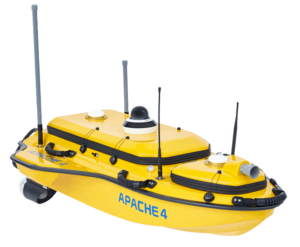
Apache4 ASV by CHC Navigation
Underwater Inspection with USVs
USVs may be used to inspect the below-waterline sections of critical structures such as bridges, dams, sea walls and flood defenses, and oil and gas pipelines. These vessels may be equipped with underwater video cameras as well as side-scan or multibeam sonars for underwater acoustic imaging.
Some USVs can also deploy ROVs (remotely operated vehicles) or other UUVs to perform more detailed inspection.
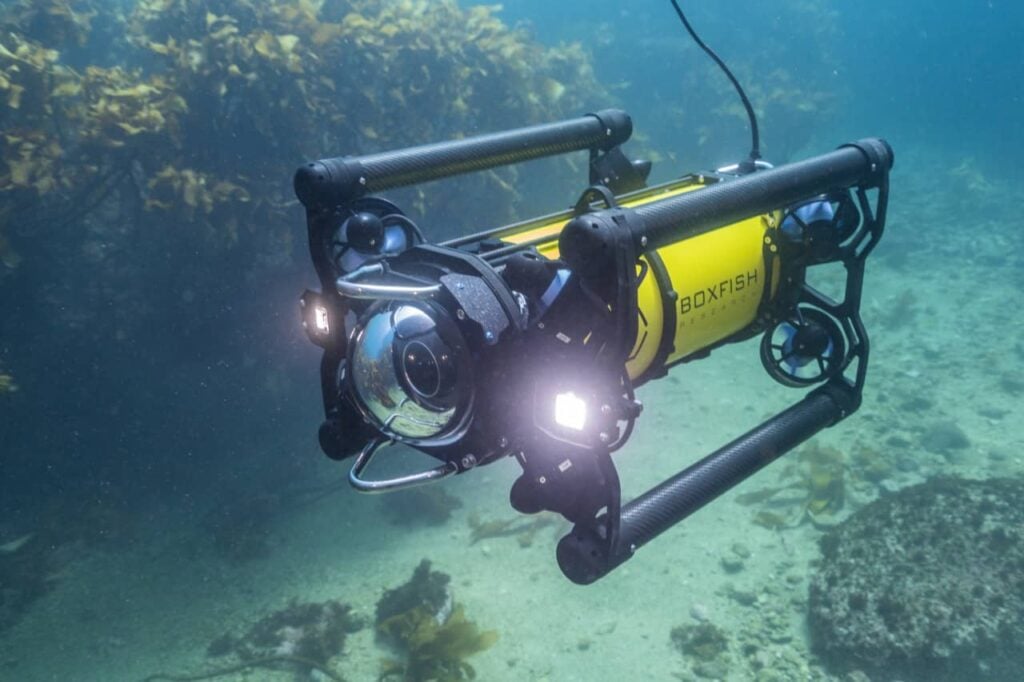
Underwater Inspection Vehicle by Boxfish
ROVs & UUVs for Subsea Inspection
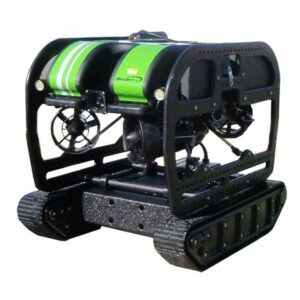
vLBC Hybrid ROV Tracked Crawler by Teledyne Marine
ROVs are commonly used for a variety of offshore and subsea inspection tasks, including oil and gas pipelines and platforms, cables, wind farms, and vessels. ROVs are operated via a tether, typically from a support vessel or the shore, and can be equipped with a variety of tools and payloads including high-definition cameras, floodlights, sonar imagers, and manipulator arms. They can also be fitted with crawler mechanisms that allow them to move over the surface of a ship’s hull.
For more remote inspection capabilities, other UUVs may be used that do not require a tether. Due to the fact that radio waves do not propagate well underwater, directly controlling the vehicle wirelessly over large distances can be challenging, and so these vehicles tend to operate autonomously.
Autonomous Underwater Inspection
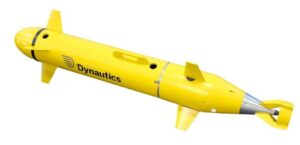
AUV Phantom by Dynautics
AUVs (autonomous underwater vehicles) can undertake subsea inspection tasks without remote control, and may use AI (artificial intelligence) and algorithms such as SLAM (simultaneous localization and mapping) to navigate within their environments. They may be capable of staying underwater for long periods of time and gathering large amounts of data that can be processed once the vehicle returns to the surface.
Uncrewed autonomous vessels known as ASVs (autonomous surface vessels) may also be used to carry out inspection work without the need for direct input from an operator.















